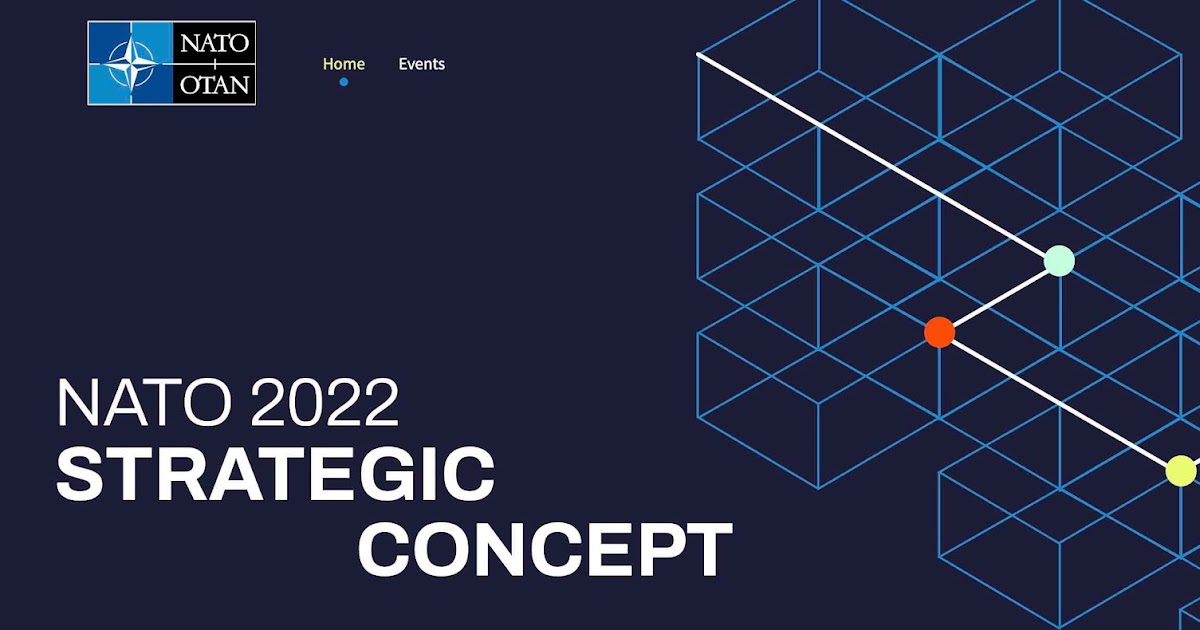
By Vikas Gupta
June 29, 2022
The ongoing NATO summit in Madrid, due to take place on Wednesday and Thursday, is a historic moment for the transatlantic Alliance. A day after Turkey dropped its objections, NATO leaders formally invited Finland and Sweden to join the alliance.
The legislatures of the current 30 member countries must vote to amend NATO’s founding treaty to accept the new members. This has taken up to a year in the past, but it is expected to be much faster for the two Scandinavian countries.
Attended by the leaders of the 30 NATO countries and NATO’s main partners from Europe and Asia, the Madrid summit will also include, in an unprecedented way, NATO’s Asia-Pacific partners.
In response to Russia’s invasion of Ukraine, the Summit will advance collective efforts to strengthen the rules-based international order.
Among the key outcomes of the summit will be the approval of a new Strategic Concept, the first update since 2010 of this key document that outlines how NATO will address threats and challenges in its security environment.
In response to Russia’s aggression against Ukraine, the new strategic concept will guide efforts to preserve security and counter systemic challenges posed by the People’s Republic of China (PRC) and deepen the strategic partnership between Russia and the PRC.
NATO’s new Strategic Concept describes its core tasks as deterrence and defence, crisis prevention and management, and cooperative security. It will guide NATO’s responses to transnational threats, such as cyber attacks and the security implications of climate change.
In response to Russia’s aggression against Ukraine, NATO defensive plans were activated, placing 40,000 troops under NATO command. The Allies also doubled NATO battlegroups on the eastern flank, from the Baltic Sea to the Black Sea.
NATO leaders at the summit will endorse a strengthened defensive force posture, with a 360-degree view across land, air, sea, cyber and space, and a focus on more credible advanced combat capabilities on the eastern flank.
In response to Russia’s aggression against Ukraine, the United States deployed more than 20,000 troops to Europe, bringing the number of American troops there to 100,000. Additionally, President Joe Biden announced the following additional actions to strengthen NATO’s defensive posture.
- Creation of a permanent V Corps forward command post in Poland to improve interoperability between the United States and NATO on the eastern flank.
- Commitment to maintain an additional Brigade Combat Team in Europe, which the United States will position in Romania.
- Intensify rotational deployments in the Baltic region, enhance interoperability and intensify training with these Allies. “We will maintain a persistent heel-to-toe presence in the region and intensify training with our Baltic allies,” Washington said.
- A collaboration agreement with Spain to increase the number of American destroyers stationed in Rota from four to six.
- Place two squadrons of F-35 aircraft in the UK and additional air defense in Italy and Germany.
- Processing Finland and Sweden’s NATO membership, which they applied for on May 18 under NATO’s Open Door policy. This opens the way to membership for any European state that can contribute significantly to the promotion of the principles of the Washington Treaty and contribute to the security of the North Atlantic region.
“The United States strongly supports Sweden and Finland’s candidacies and has prepared all necessary documents for the U.S. Congress to fulfill its advice and consent responsibilities once membership talks are complete. and that the Allies will have signed the Protocols of Accession, which should happen within the next few days,” the White House said.
For the first time, NATO’s Asia-Pacific partners – the leaders of Australia, Japan, New Zealand and the Republic of Korea – will participate in a summit.
Allies will also consult with Georgia to express support for its sovereignty, territorial integrity and Euro-Atlantic aspirations. Allies will also approve expanded programs to meet the defensive needs of Bosnia and Herzegovina, Georgia and Moldova.
Ahead of the summit, NATO allies submitted updated plans to meet their pledge as part of Wales’ pledge to increase national defense spending. 2022 is expected to be the eighth consecutive year of increased defense spending by non-US allies.
Many allies are now spending well above the NATO benchmark of 2% of gross domestic product (GDP). Nine Allies will meet or exceed this commitment this year, 19 Allies have clear plans to meet it by 2024, and five more Allies are committed to meeting it thereafter.
By the end of 2022, NATO Allies will have spent an additional $350 billion on defense in real terms since 2014. At the summit, leaders will decide on significant increases over the coming years in military and civilian budgets jointly funded NATO.
To strengthen cyber resilience and defence, Allied leaders will build on the adoption last year of a new Cyber Defense Policy for NATO. Based on the lessons learned from the Ukrainian conflict, the Allies will decide to use NATO as a coordination platform. The United States offered its “robust domestic capabilities” as part of this support network.






